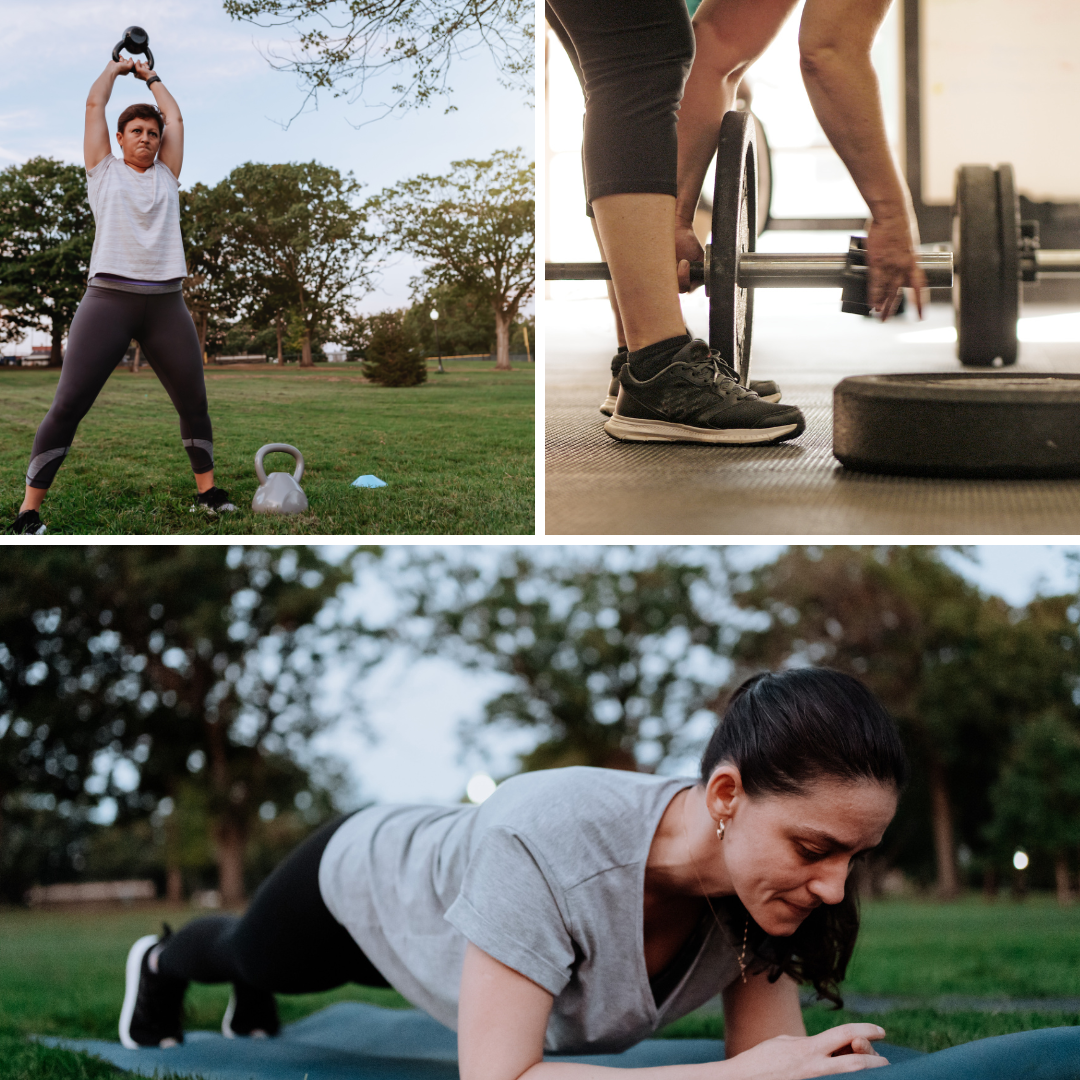Embracing the New: A Midlife Woman's Secret to Thriving
Discover how trying new experiences can enhance brain health, emotional well-being, and longevity in midlife and beyond. In this inspiring post, we explore the science-backed benefits of stepping outside your comfort zone, from boosting neuroplasticity and memory retention to increasing happiness and extending lifespan. Learn how midlife women can embrace change, overcome fear, and find joy through adventure, travel, and simple everyday challenges. Plus, get 25 practical ideas to add more novelty to your life. Join the movement to Rumble to Renew—share your story at contact@rumblingsmedia.com or on social media with #RumbleToRenew!
Embrace the Power of Movement and Healthy Eating in Midlife
As you navigate through midlife, your relationship with exercise and healthy eating becomes increasingly essential. Many women find themselves struggling with outdated societal narratives that discourage physical activity and proper nutrition and are confused by the conflicting ‘noise’ found in social media... However, embracing movement and a balanced eating pattern diet can lead to a vibrant, healthy life.
In this blog post, you'll explore how resetting your mindset around exercise and nutrition can transform your midlife journey. Learn how to overcome common obstacles, incorporate effective workout routines, and adopt healthy eating habits that support your overall well-being and vitality as you age.
Embracing Technology: Redefining Aging for Midlife Women
While caring for aging parents, midlife women are redefining aging through technological innovation. From wearables to virtual communities, technology presents opportunities to enhance health, foster connections, and pursue new adventures. Discover how embracing technology empowers midlife women to redefine aging on their own terms, unlocking boundless possibilities for a vibrant future.
Unlocking the Secrets to Aging Gracefully
Aging is inevitable, but it doesn't mean we must passively accept its effects. This comprehensive blog post explores the power of functional training in defying the physiological challenges of aging. Functional training is vital in preserving youthful vitality.
Discover how functional training can defy the physiological challenges of aging. Explore what functional training is and why it's crucial for preserving vitality as you age. Whether you're new to muscle fitness or looking to enhance your current routine, this comprehensive guide provides valuable insights into aging gracefully.
Women are Underrepresented in Research. Why Should You Care?
As a woman, you have unique health needs and experiences that can differ from those of men. If women are underrepresented in research studies, the results may not accurately reflect their health outcomes or address their health concerns. This could lead to inaccurate diagnoses, ineffective treatments, and missed opportunities for preventative care. We need equity and fairness in research funding. Research is critical for advancing our understanding of diseases, treatments, and health outcomes.
Midlife Transitions and Challenges: A Call for a Renewed Vision
You feel a “rumbling” inside yourself that your life should be different from what it is right now. You’re not alone. It’s common to experience an internal rumbling—a feeling something should be different or something needs to change. However, your old identity may be holding you back and sabotaging the future you. You may be stuck in old behaviors that are not aligned with who you are in midlife or who you want to be. It’s time to reimagine your midlife vision!
14 Ways to Find Joy in Your Diet
As we enter the prime time of our lives, it's time to focus on joy and re-design our lives to live fully and authentically. Instead of a new diet for flourishing after 50, loosen the reins and seek joy in the experience of eating well without strict food rules. Use these 14 tips to bring joy back to eating.
More Than 25 Ideas for Living Well and Making This the Best Summer Ever
Spring is here! The days are growing warmer, longer, the birds are singing, and nature is awakening after a very long winter. Many women have been telling us they are emotionally exhausted - the fatigue comes from caring too much for too long. They’re feeling burned out after the heaviness and struggles of this past year. We feel it too. Let’s appreciate all we’ve been through and all we have learned about ourselves. It’s all helped us grow. Let’s look to the future and plan more fun and festive activities to do TOGETHER with friends and loved ones!
Don’t miss a blog post - sign up for the Rumblings emails to receive posts delivered straight to you email inbox!








